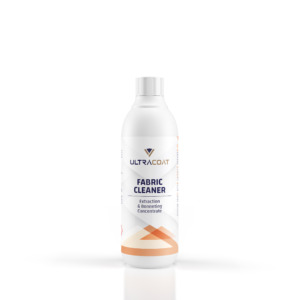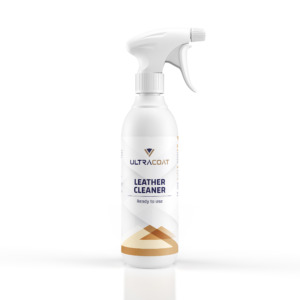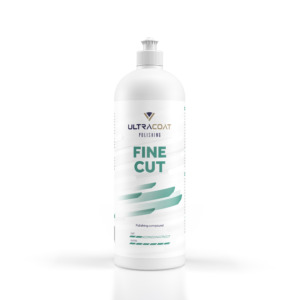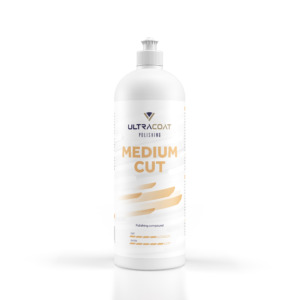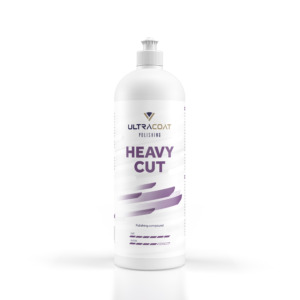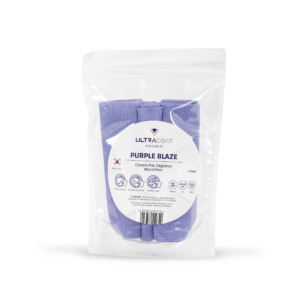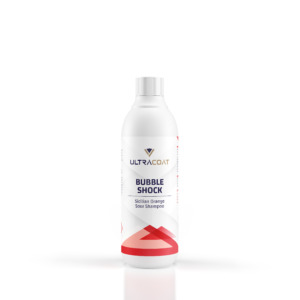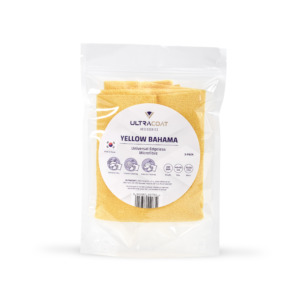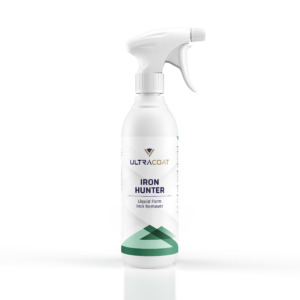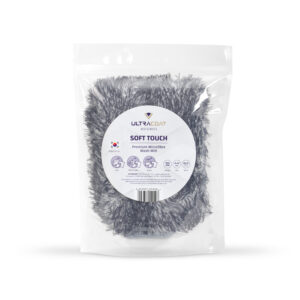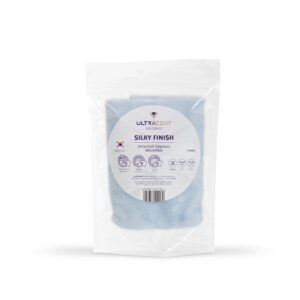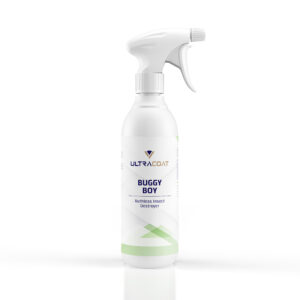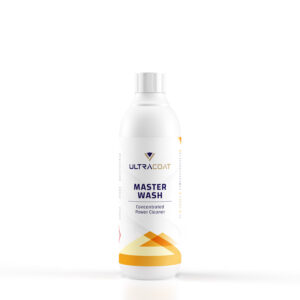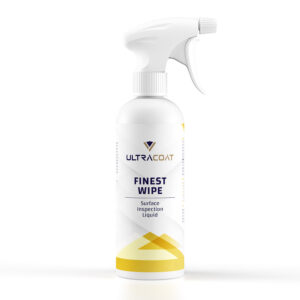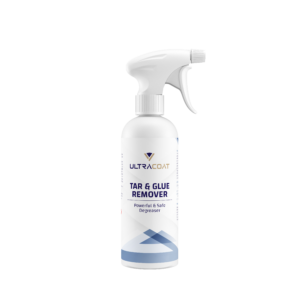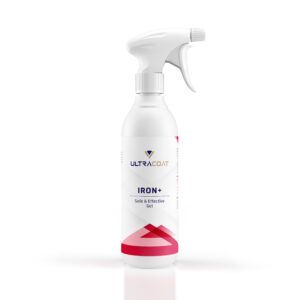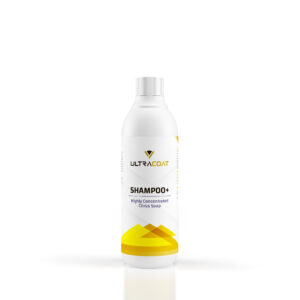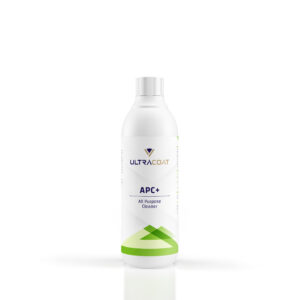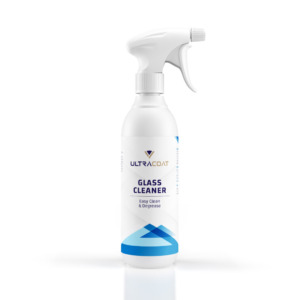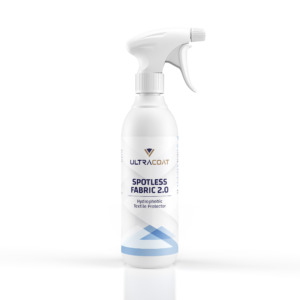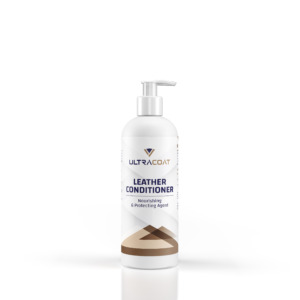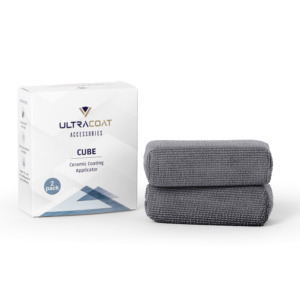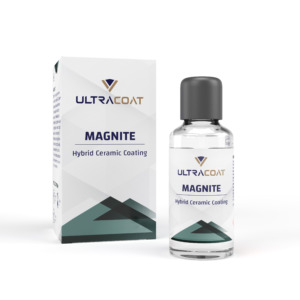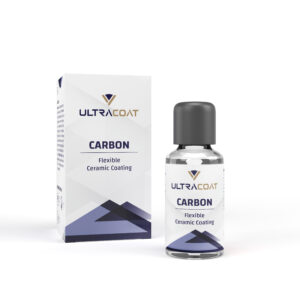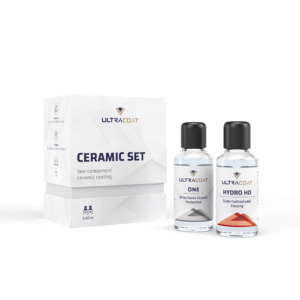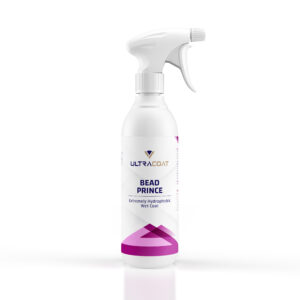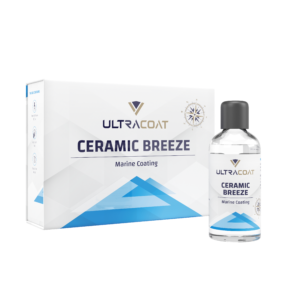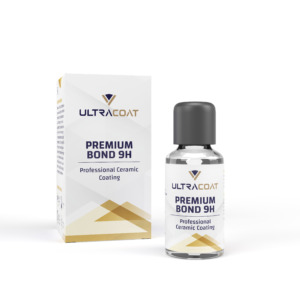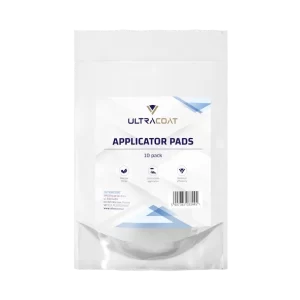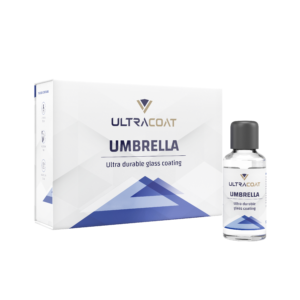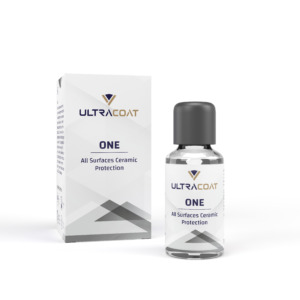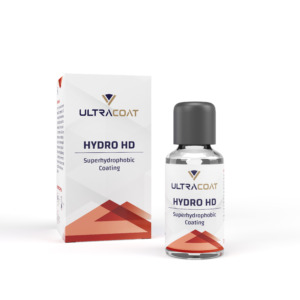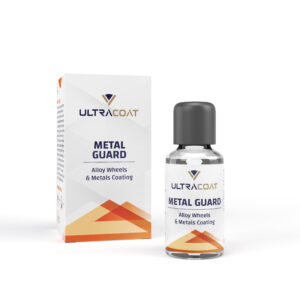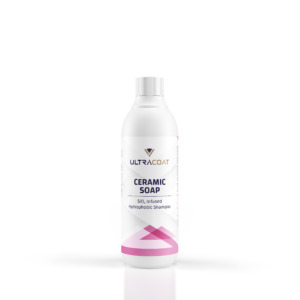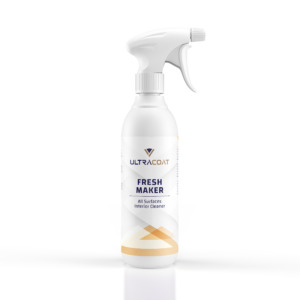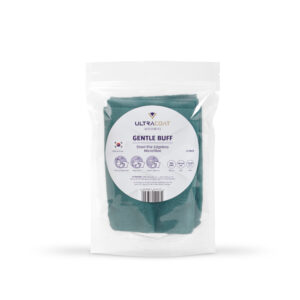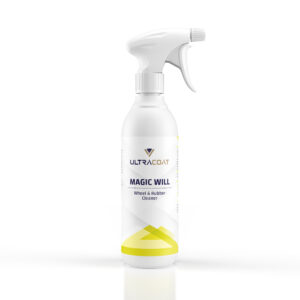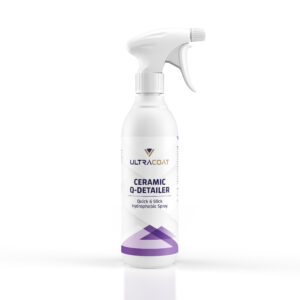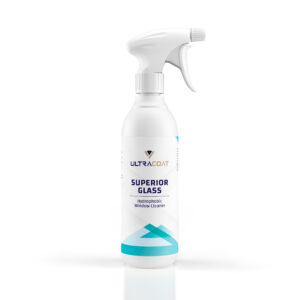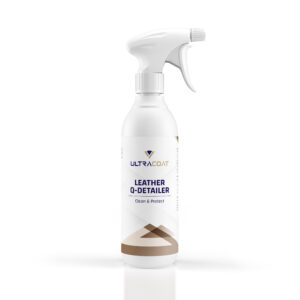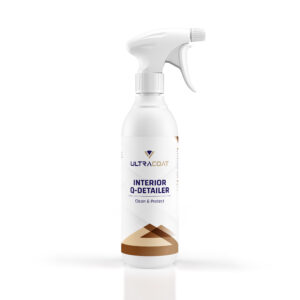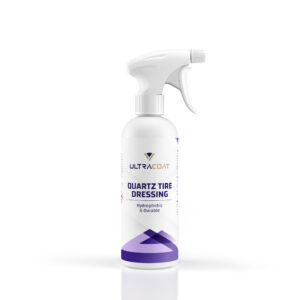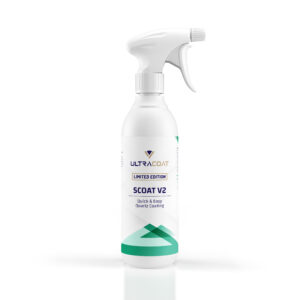6 most common myths about ceramic coatings
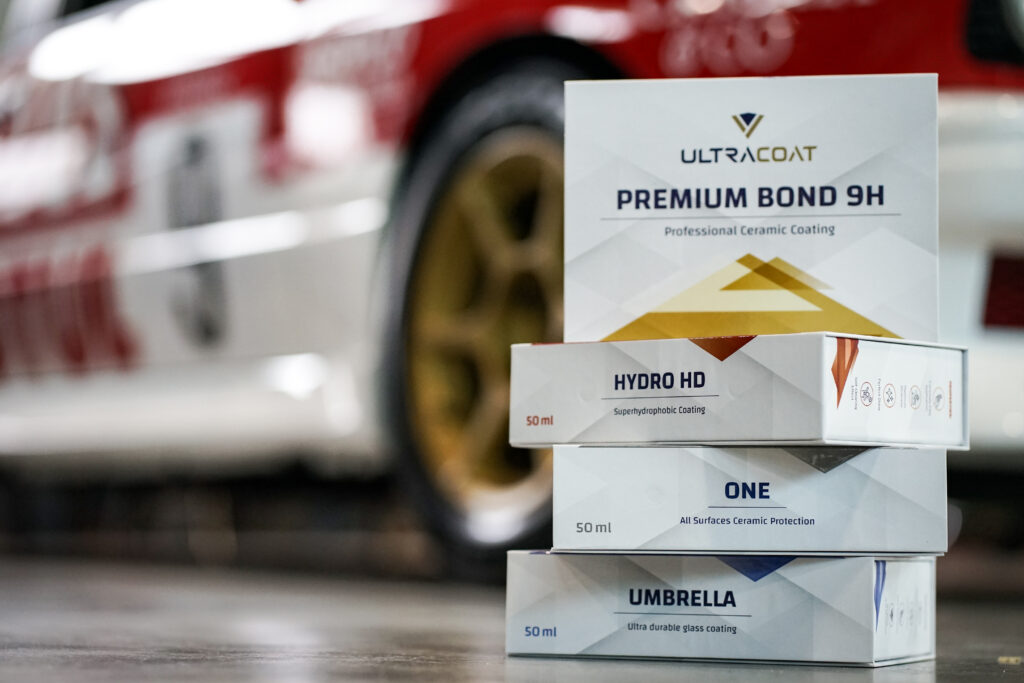
Ceramic coatings are such a common topic among automotive fans (and others) that a lot of myths have arisen around it. Moreover, many of them are widely considered as valid. So in this article, we will shine some light on the whole topic. Let’s play ceramic coatings’ MythBusters.
1. Ceramic coating and quartz coating are two different things
This is one of the most common misconceptions in the detailing industry. The truth is, both of these terms refer to the same exact solution and the same procedure. The source of this myth comes from the very process of manufacturing ceramic coatings. One of the primary raw materials used in their production is silica (SiO₂), which is the basis of polymer resins. They are the fundamental ingredient of ceramic coatings.
Unfortunately, this myth was perpetuated by some detailing studios that offer quartz and ceramic coatings as two different services. That really doesn’t make much sense.
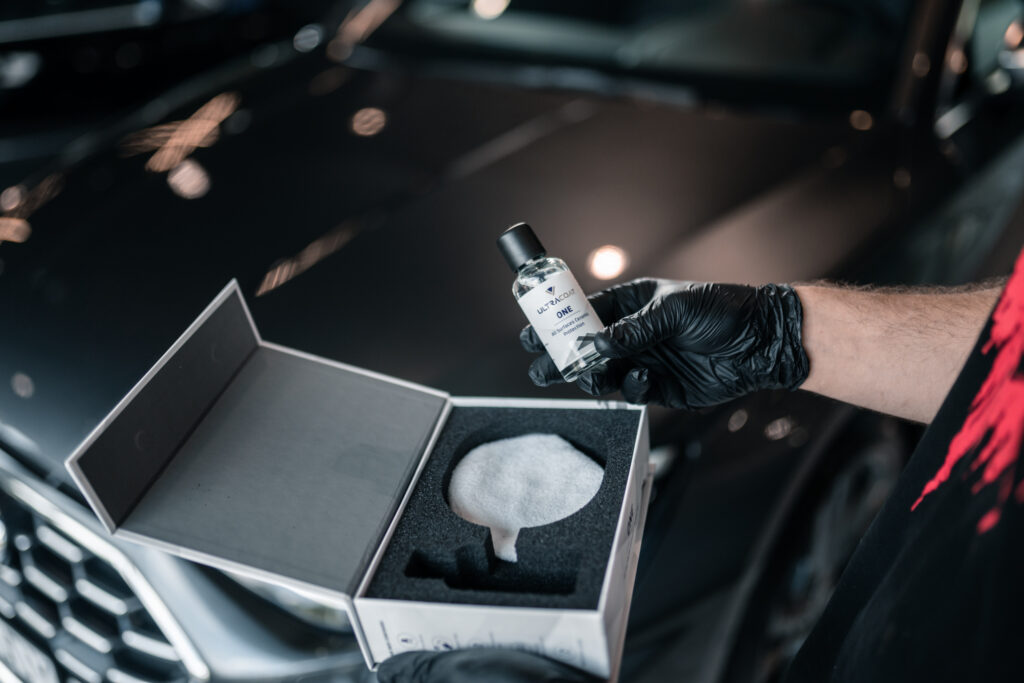
2. Ceramic coatings protect from scratches other mechanical damages
The myth about the almost bulletproof properties of ceramic coatings is quite common, but unlike the previous one, it is very far from the truth. The protective properties of ceramic coatings relate mainly to factors such as:
- UV rays
- loss of color (paint oxidation)
- strong detergents
- bird droppings, insects
- road salt
- corrosion
- oxidation
Many articles also mention “micro-scratch protection,” but, let’s agree, the term is very imprecise. Something that one considers a micro-scratch, someone else might call significant damage. In principle, ceramic coatings are not intended to protect against mechanical damage. However, it is true that the coatings reduce the formation of micro-scratches when washing and drying the car, thanks to the enhanced slippery effect and reduced friction.
There’s a lot of shoddy articles on the Internet and bad advertisements that keep this myth very alive. However, a positive signal is that the vast majority of detailers focus on facts and clearly communicate the properties of the coatings. You can read more about what the ceramic coating protects against (and what not) here.
And if you want to truly protect your car from scratches, you will need to apply PPF foil, and this procedure is much more expensive than applying a ceramic coating.
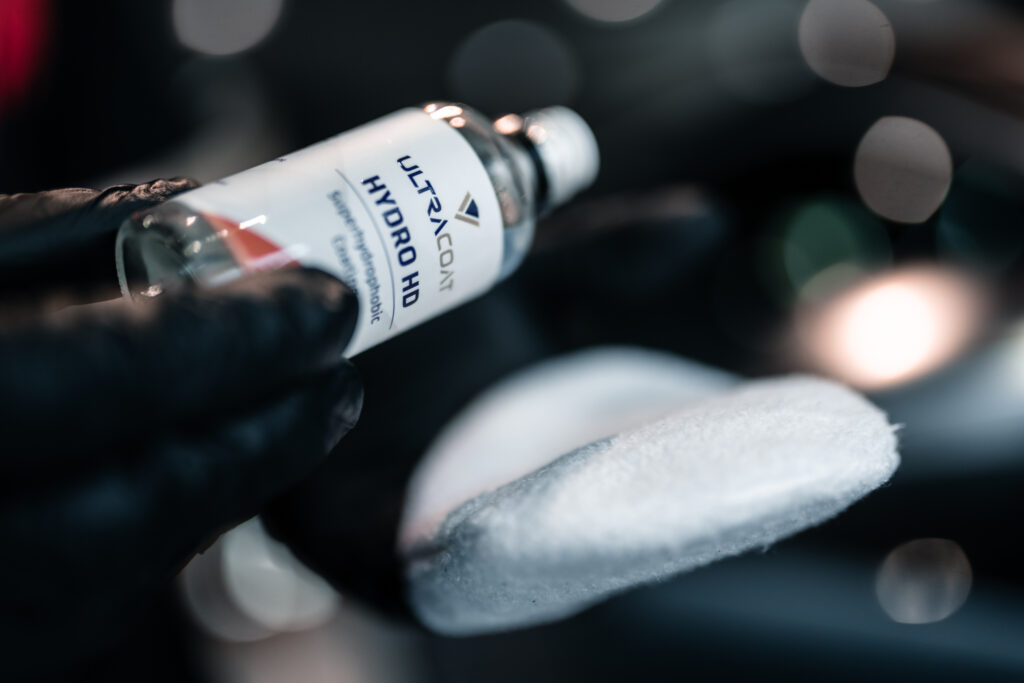
3. Thanks to the coating, the car doesn’t need to be washed
Believe us, we would very much like this myth to be true, but to be honest, it’s not entirely made up. The fact is that thanks to the water-repellent properties, ceramic coatings prevent water from sticking to the car body. So, effectively, all sorts of contaminants easily flow off with water drops instead of staying on the surface. But, of course, this physical property will only slow down the process of dirtying the car, not completely stop it.
The same features make washing and drying the car much more manageable. In the case of unprotected car paint, the drops dry on the surface, leaving stains. The difference is particularly noticeable when using touchless car washes. In the case of an unsecured car, it is much more difficult to avoid water spots.
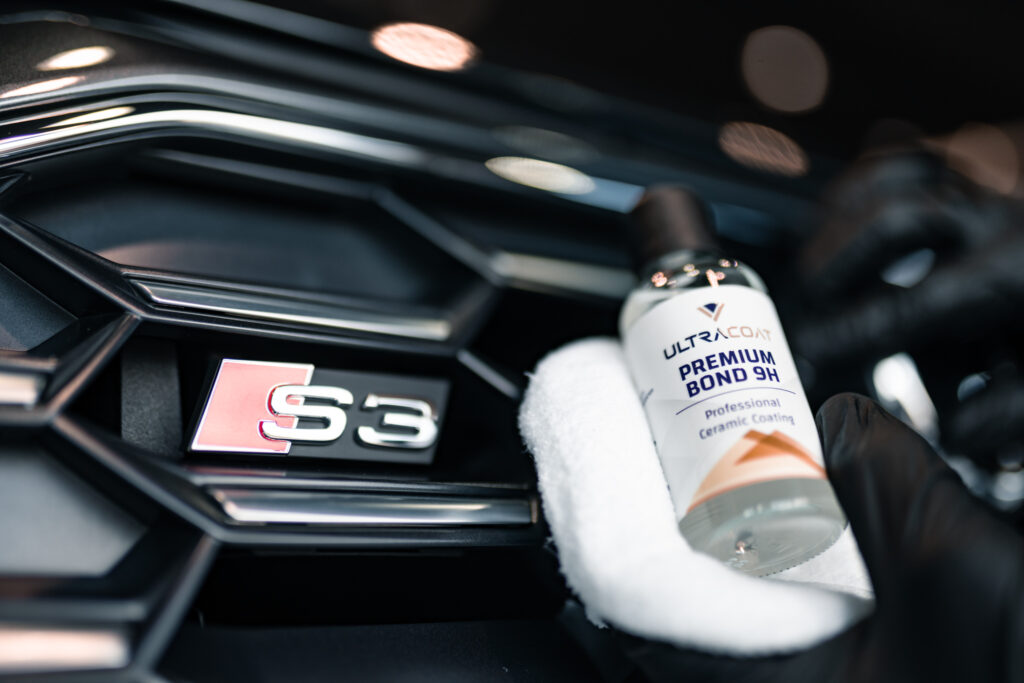
4. Ceramic coatings can be applied regardless of the condition of the car body
First of all, the application of a ceramic coating requires thorough cleaning and polishing of the surface. Coatings can’t be used to fill in scratches. Incorrect preparation and leaving scratches on the varnish may make the ceramics emphasize them instead of hiding them. Therefore, it is essential to approach the preparation phase with the appropriate detail to enjoy the beautiful (and properly secured) car paint for years.
Because of it, the first step before even discussing coating application is the inspection of the car body. This process allows the detailer to evaluate what procedures should be performed before applying the ceramics. In some cases, it is even necessary to renovate the paintwork thoroughly, and in extreme cases, the application of ceramics may even be impossible. These are cases in which the car body has visible oxidation, rust, or other severe damage.
Interestingly, the preparation and polishing stage is usually necessary, even in the case of new cars. This is because the “new” cars, before they left the showroom, were not only used but also washed, and the latter process sometimes creates minor blemishes.
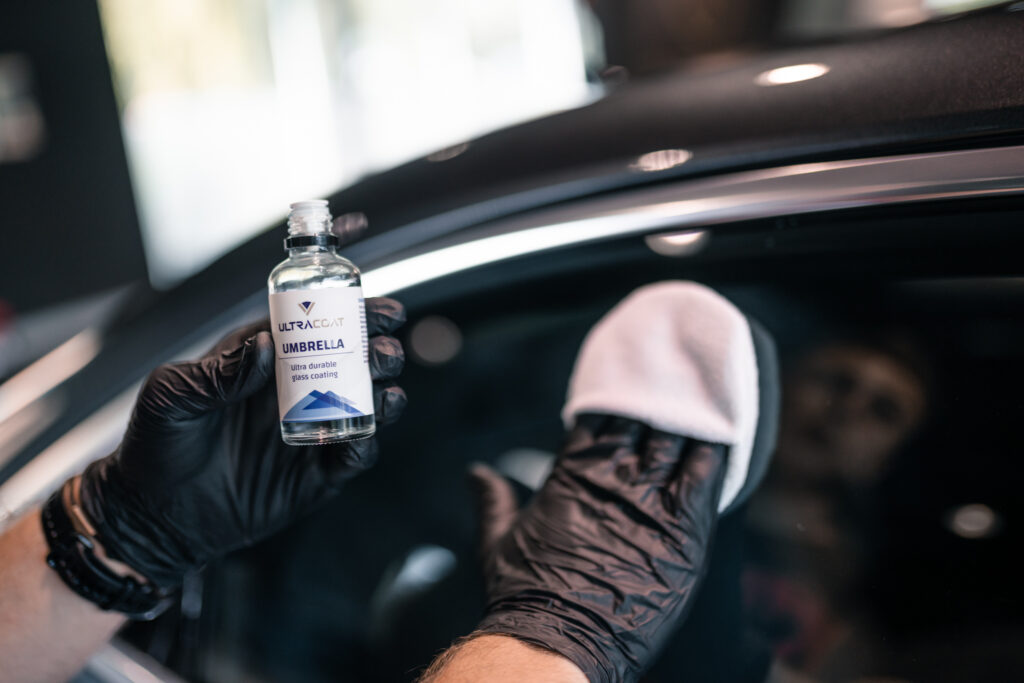
5. Ceramics’ durability depends only on the time of the application
The issue of the durability of ceramic coatings is very debatable and depends on many factors. Time is only one of those factors. Usually, when describing durability, we also refer to the number of kilometers (e.g., ~ 40,000 km) because, of course, the coating wears much more while driving. Therefore, the differences in consumption time can be pretty significant, depending on how intensively we use the car, whether we regularly garage it, and how often we wash it.
The type of the selected product also plays a role. On the example of Ultracoat ceramic coatings, it looks like this:
- up to 40,000 km with Ultracoat One
- up to 100,000 km with Premium Bond 9H
Good detailers always inform customers of the need to inspect the coating after a certain number of kilometers. During such inspection, the car is thoroughly washed, and the detailer checks the condition of the coating and its water-repellent properties. If necessary, a coating conditioner is applied, which refreshes and strengthens the coating.
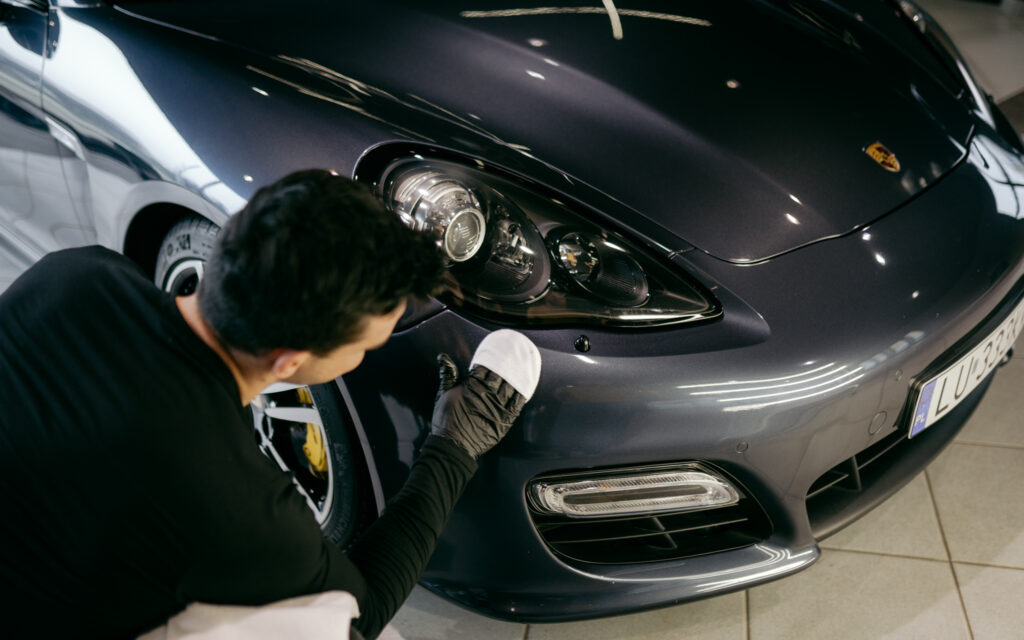
6. Anyone can apply a ceramic coating in their garage
As for the coating application process itself, it’s fair to say that most people can do it. It does not require particular expertise, equipment, or specialist knowledge. With the help of YouTube guides, everyone should be able to do it. All you need is patience and precision.
The preparation phase, however, is where the task gets more complicated. As mentioned in the fourth point, you should not apply ceramic coatings to unpolished surfaces. It is the paint inspection and renovation that requires knowledge, experience, and equipment. Because it is an inherent element of coating application, it is difficult to say that everyone could apply the coating at home.
First of all – be cautious and aware
As you can see, there is no shortage of false information about ceramic coatings on the Internet, and of course, our beautiful vehicles fall victim to them.
Therefore, we recommend that you seek knowledge from trustworthy detailers, because as Albert Einstein used to say – “Not everything you read on the Internet is true.” 😉
So, if you have any additional questions or suspicious “facts,” feel free to let us know. There are undoubtedly many detailing myths, and we do not rule out the creation of the second part of this series!
Are you interested in our products? Write to us!
